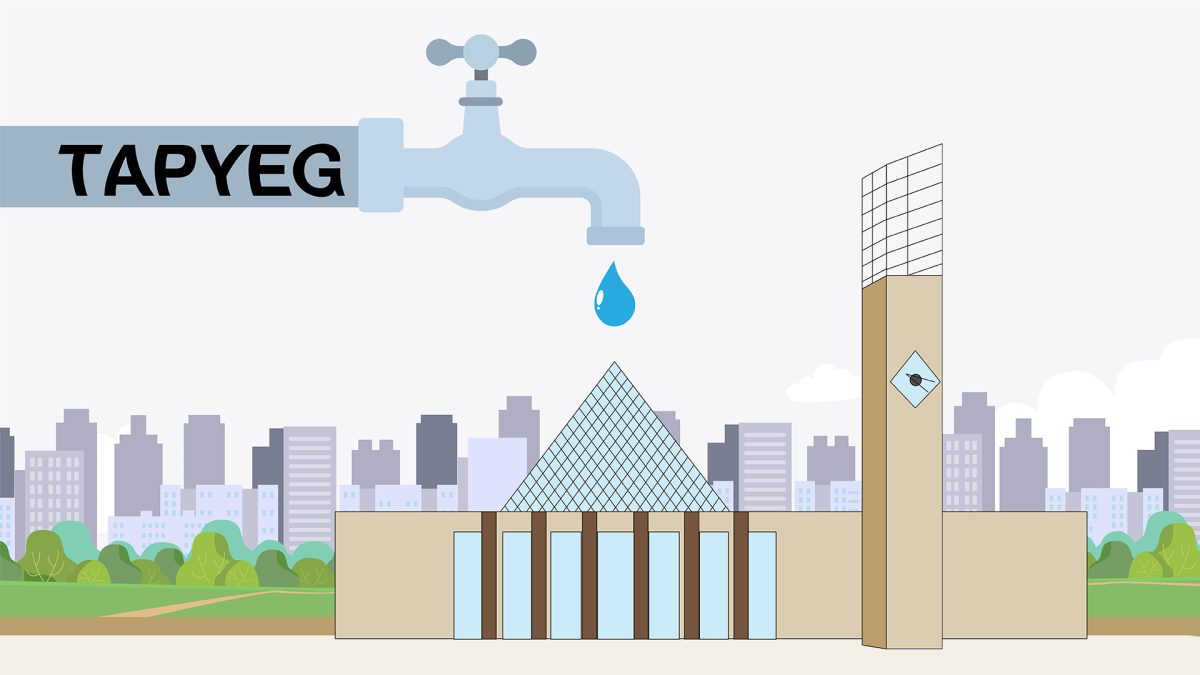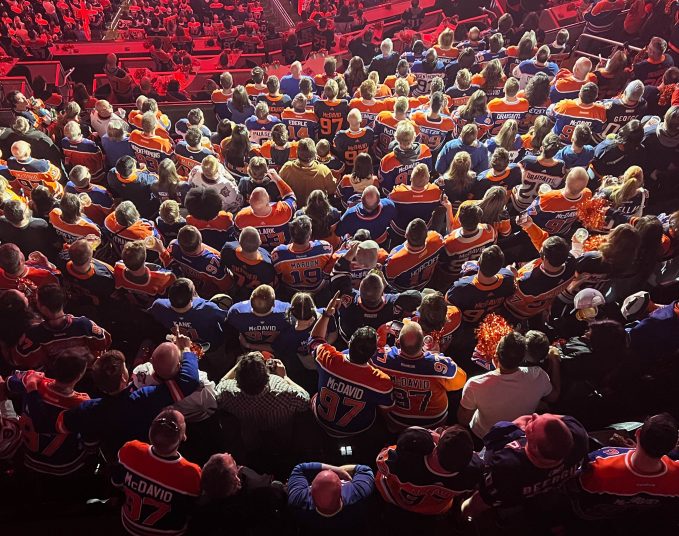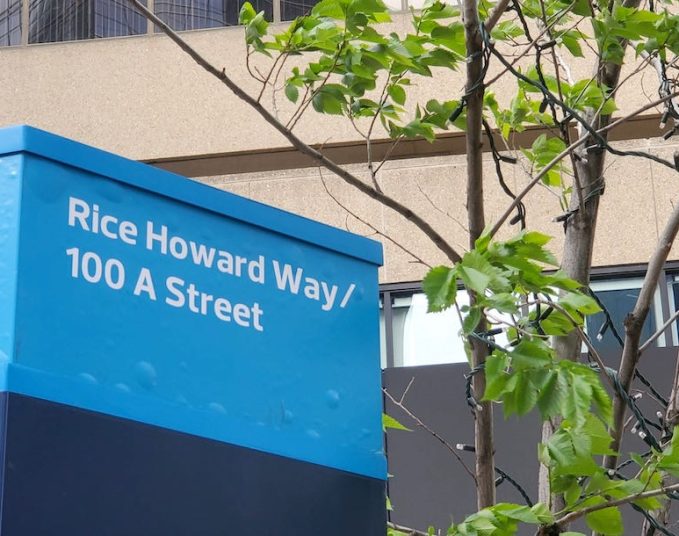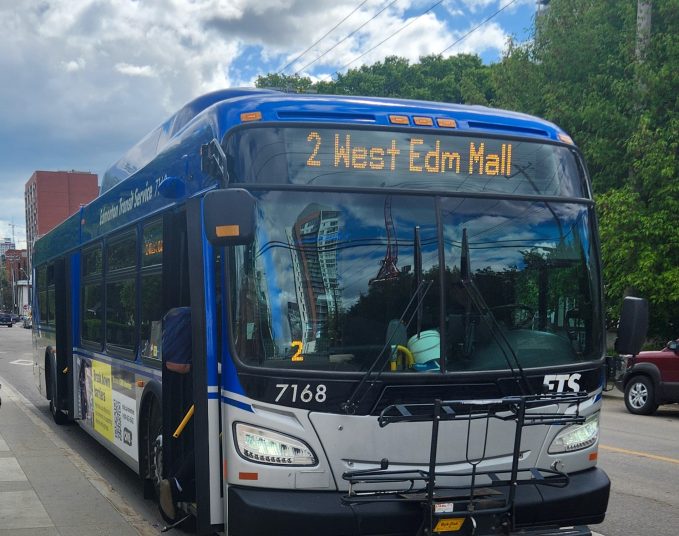The province’s passage of Bill 20 means that political parties will be able to run slates of candidates in Edmonton’s municipal elections. And TAPYEG, the political advocacy group formed in the autumn of 2023, will become a municipal political party. TAPYEG President Jeffrey Hansen-Carlson said the plan is to field candidates in each and every one of Edmonton’s wards, but that the party is non-committal on whether or not to field a candidate for the mayor’s chair.
TAPYEG has already named Gary Poliquin, the co-founder of the Prairie Sky Gondola Project which was rejected by the current council, the ward “champion” for Papastew, currently held by Michael Janz. The reason TAPYEG is calling its ward representatives “champions” instead of candidates is because the rules around municipal political parties have yet to be rolled out by the provincial government — so Hansen-Carlson said his group is being careful about officially throwing their hats into the political ring. But we can all read between the lines, can’t we?
Hansen-Carlson said those who oppose the official recognition municipal political parties have to accept that political factions/parties already exist at City Hall. If the same councillors vote consistently based on their ideologies, what they’ve created are unofficial political blocs.
“Right now, political municipal parties already exist covertly,” he says. “We are simply calling a spade a spade.”
Hansen-Carlson says he is not planning to run.
He calls TAPYEG a “big tent” party. It’s chaired by Naseem Bashir, the executive chair of Originus Ltd. and chairman of DB Technologies. But there are also City of Edmonton staff who have been attending TAPYEG functions. The party is holding regular “TAProom” conversations, with the next one June 19 at Odd Company Brewing’s Ritchie location.
Hansen-Carlson says TAPYEG’s key messaging is about getting things done in the City. He doesn’t see the party as “right” or “left.” What Hansen-Carlson sees at City Hall is the politicization of too many services — and that councillors have abandoned their roles as policy setters and try to be micromanagers, instead.
“There are some things where we don’t need to talk about this stuff anymore,” he says. “We don’t need any more studies.”
TAPYEG already released a policy that calls for residents to define the City’s core services, via plebiscite. The thinking is that council should not tell Edmontonians what the City’s core services should be — that the relationship should be the other way around. And, when the core services are identified, the goal is to make sure the service levels hit the expectations of Edmontonians. So, if snow removal is a priority, then it won’t be nickel-and-dimed as part of the budget process.
Three more policy statements are coming next week, but here’s a sneak preview of what TAPYEG is going to push.
A Municipal Development Corporation
In the 2021 election, the majority of mayoral candidates (the ones who lost, that is) said that Edmonton shouldn’t be in the development business, citing all the ills surrounding Blatchford. The plan for Blatchford was to transform the old municipal airport lands into an urbanist’s-dream neighbourhood of more than 30,000 people. So far, fewer than 100 residences have been built, and Edmonton developers have stayed away from the project — citing that the current model doesn’t allow them to construct homes at price points attractive to buyers.
But TAPYEG doesn’t think Edmonton needs to be out of the development business. Hansen-Carlson sees Blatchford as the result of what happens when development becomes politicized. He says a municipal development corporation has to be free of politics — and has to run independently. Its mandate should be that it returns money every year to the City coffers — that it’s not a drain on taxpayers. Its first mandate is that it should be profitable.
Opening up the River Valley
This does not mean that the City would allow condos to be built near the North Saskatchewan. But what TAPYEG’s membership would like to see is better access to the river valley. When Hansen-Carlson was in the Montana tourist town of Whitefish, he was amazed at how well the backwoods trails were maintained. He’d like to see the same attention paid to river valley trails. More public washrooms. More interpretive signage. Transit stops closer to parks. And, yes, some concessions would be allowed in the valley, from hotdog stands to sporting-equipment rentals.
And the next big idea is to create a water-bus service, run by ETS, that would connect major points along the river. Imagine taking a water bus from downtown to the Valley Zoo.
“If Vancouver can figure it out, why can’t we?” says Hansen-Carlson.
Power Plant
The historic power plant shouldn’t just be a curiosity; TAPYEG sees a revitalized building as a major hub. As the site is close to major historic Indigenous gathering grounds, TAPYEG would like to see the City begin the process to transform it into a reconciliation museum. By moving forward with the municipal part of the plan, the hope is to create enough momentum that the province and the federal government would be on board with the vision, too.
Savvy AF. Blunt AF. Edmonton AF.




